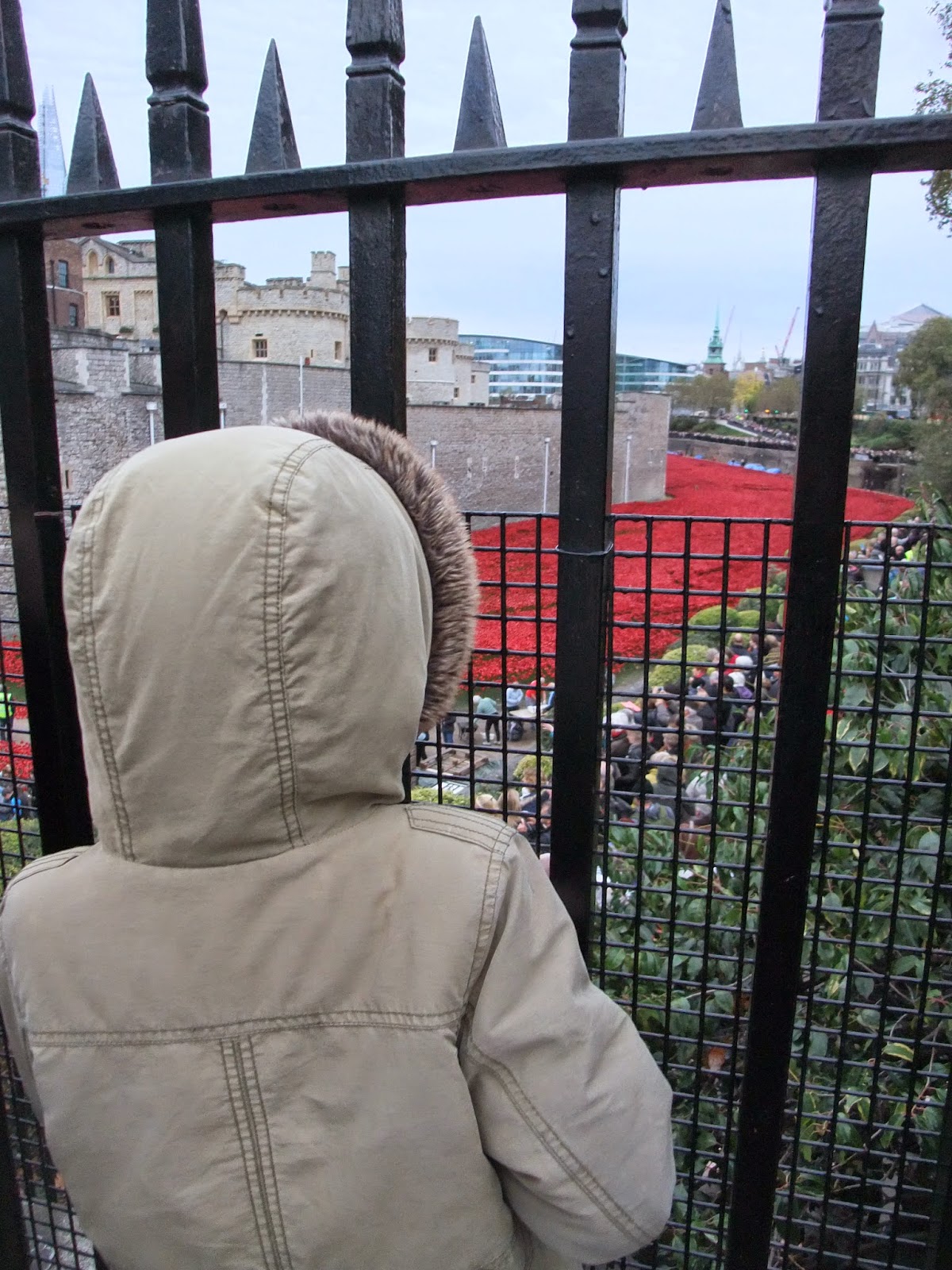Charlie's interest in cooking has really taken off over the past few weeks. He baked vanilla cupcakes for Children in Need, ready to sell at our local home-ed cake sale, but missed the sale after an appointment for Tom made us late back. I suggested we sell to local friends and neighbours instead, so that's what we did. We raised £5 to send to the Rickshaw Challenge, which we have been following on The One Show.
This week was such a busy week that I was grateful that, once cycling and morning lessons were out of the way, Charlie just wanted to cook, using the Usborne First Cookbook. As a result, our family have been presented with a succession of lunches, dinners and snacks. One evening, Charlie cooked us lamb kebabs followed by profiteroles for pudding. Even his teenage big brother was impressed.
Here are some of Charlie's creations:
 |
| Ham and tomato omelette with salad (Sunday lunch) |
 |
| Marinated lamb kebab with rice and salad |
 |
| Profiteroles |
 |
| Baked tomatoes and egg (served for lunch) |
 |
| Carrot cake (baked for our visit from the LEA inspector) |
It's wonderful to see Charlie learning such an important life skill so early in his life. Cooking helps him understand more about the principles of nutrition and healthy eating, but he also enjoys being creative and learning to do something new. It is boosting his confidence to see how his hard work in the kitchen is bringing such rewarding results.
Incidentally, he has also been learning another important life skill: tidying up after himself. I taught him that tidying up is an important part of cooking and showed him how to use the dishwasher and wipe down the counters. He did very well at clearing up after each cookery session.
One morning, he was even kind enough to wake me up with a cup of coffee, having taught himself to use the coffee machine.
The longer I home educate, the more I notice how easy it is for Charlie to learn things at home that seemed so complicated to learn at school. State schools struggle to provide the resources and the staff to teach large classes important life skills such as cooking, but at home it is easy and natural to cook together.
In September, cookery became a compulsory part of the National Curriculum for children aged up to 14. The new curriculum states that cooking is a 'crucial life skill' and that 'children should be taught how to cook and apply the principles of nutrition and healthy eating'. Charlie's former primary school had its own kitchen and tried to offer regular weekly cookery lessons to children, but the teachers relied on voluntary help from parents. If parents didn't volunteer, there were no cookery lessons. Of course, many parents were unable to come into school and run a cookery lesson because they were either working or looking after younger children, which meant that often a lesson had to be cancelled. When the lesson did run, only six children were chosen, leaving the other 24 children in the classroom with the teacher. This meant that each child only had the opportunity to cook once every five weeks, but even less than this if weeks were missed because there was no parent to run the lesson.
Charlie used to complain that he didn't get enough time to cook at school. Of course,we cooked together at home, but he was usually too tired after school, so his cooking was restricted to weekends. Now he can cook anytime - and he's making the most of it.
I can see many ways in which Charlie is benefiting from discovering how to cook. He is learning how to: plan recipes; follow instructions carefully and accurately; concentrate on a task and see it through to the end; develop organisational skills; be safe and clean in the kitchen; use maths to work out quantities; be creative with food; and be more adventurous in his eating habits.
And the rest of the family are benefiting from his wonderful cooking.
It was Charlie's ninth birthday on Monday.
Charlie wanted to go to Brighton for the afternoon and have fish and chips for lunch. We planned to take him to the aquarium there too. Unfortunately, it rained and both the aquarium and fish and chip shop turned out to be shut for refurbishment. Luckily, Charlie saw the funny side and took it all in good spirits. We had fish and chips in a different restaurant, braved the weather to walk along the beach, then went bowling instead (Charlie won).
Back home, we had birthday cake, then Charlie had time to start building some of his many new Lego sets before bed.
Once the present opening was over, the boys decided to watch an episode of 'Dr Who' whilst I prepared tea. With the lights turned out and a big tub of popcorn and cartons of juice, they turned the sitting room into a cinema.
After a tea of mini pizzas, sausages and garlic bread, I brought out Charlie's cake, which he decorated with Lego pieces. It was a great finale to the week.













































